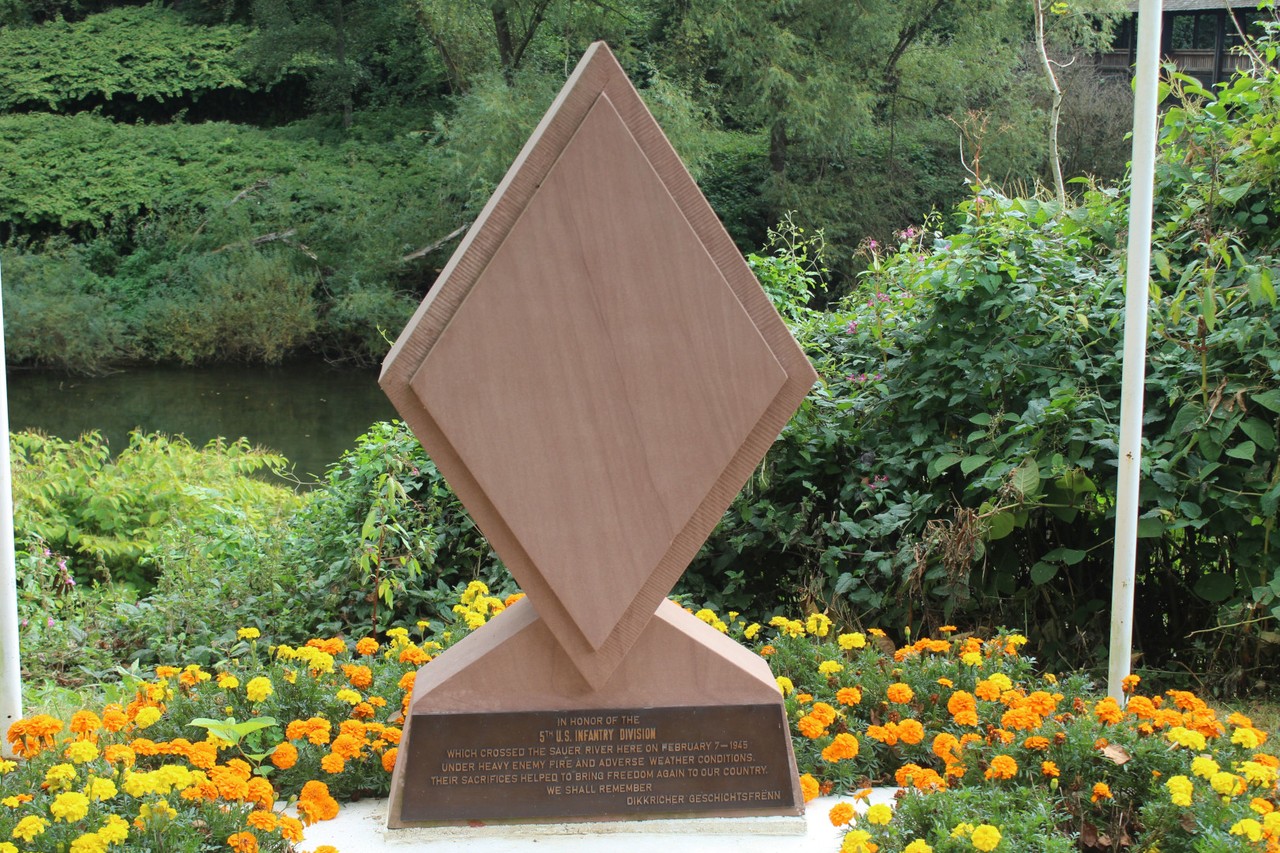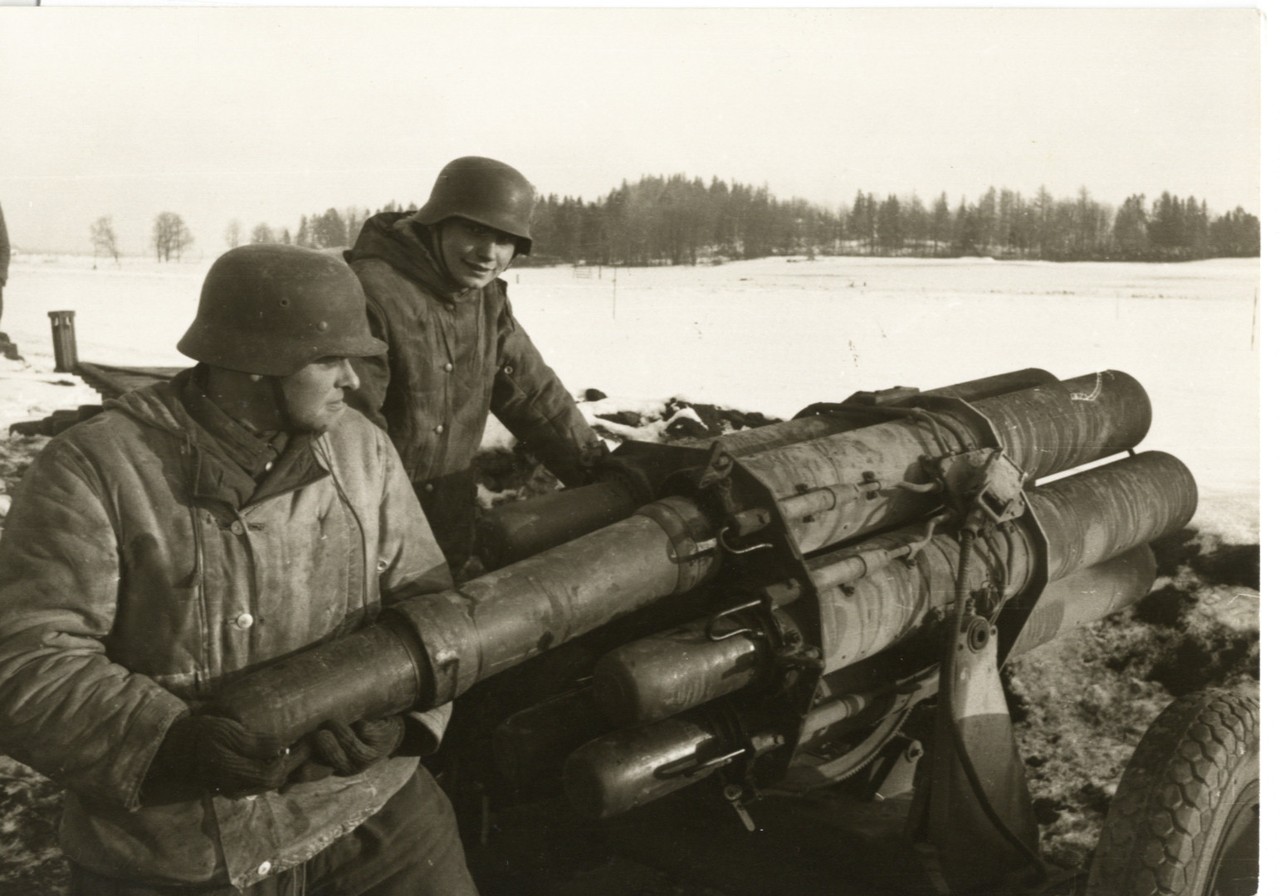Weilerbach and Rhineland Campaign
Lussemburgo
Preferiti
Condividi
At the end of the Battle of the Bulge, the war was unfortunately not yet over. The melting snow caused the rivers to swell and the bunkers of the ‘Westwall’ had to be breached before peace could finally return to the border villages.
The ‘Battle of the Bulge’ in the Belgian and Luxembourg Ardennes was over by 25 January 1945. The German units that had attacked on 16 December 1944, had been pushed back to their initial jump-off lines. What remained of them found itself now defending German homeland. The ‘Rhineland’ campaign was about to begin in the German – Luxembourg borderlands in this sector.
The XII US Corps of General Patton´s Third Army, commanded by Major General Manton S. Eddy, was ordered to attack on 7 February 1945 across the Our and lower Sauer rivers between Vianden and Echternach. Its units aimed to penetrate the ‘Westwall’, breaching its bunkers, pillboxes and lines of dragons teeth (concrete anti-tank defences), and push forward in the general direction of the Rhine.
The XII US Corps at the time consisted primarily of the US 5th ,76th, and 80th Infantry Divisions, with numerous construction engineer units attached.
The snow was beginning to melt in the lower Ardennes and the rivers quickly swelled. They became dangerous due to rapid -flowing torrents which flooded many areas. Weilerbach, the crossing site, was no exception.
It was the 10th Infantry Regiment, US 5th ‘Red Diamond’ Division, supported by the 7th Engineer Battalion, that crossed in and around Weilerbach.
They did so against all the odds: weather, high currents, and a determined and stubbornly fighting enemy that were defending their homeland. They suffered sizeable casualties attacking the ‘Westwall’ opposite Weilerbach, butt was finally breached and the numerous pillboxes were silenced.
The memorial now marks this spot and commemorates the liberation by the US forces.

